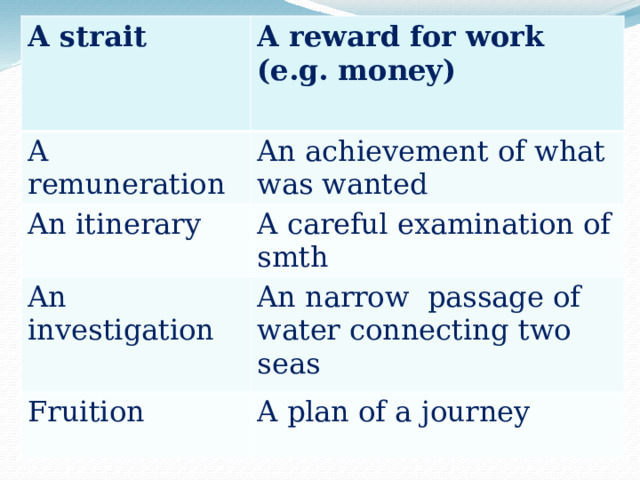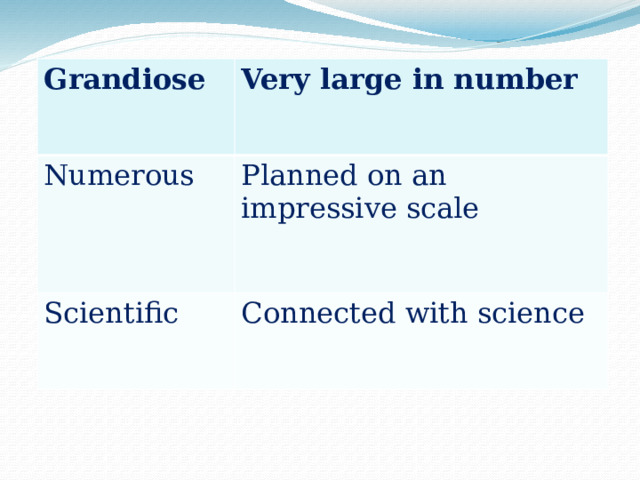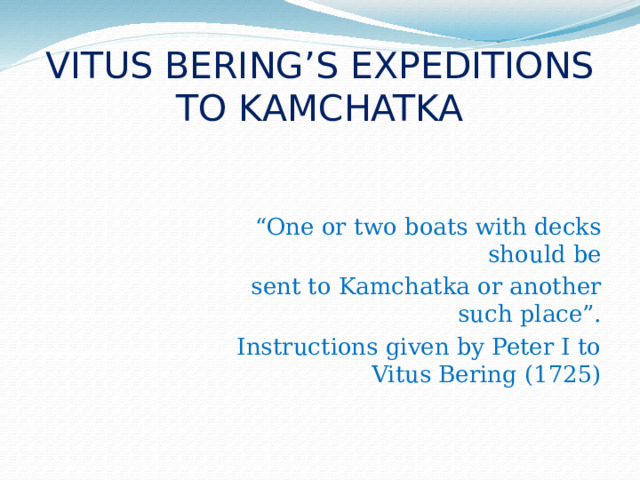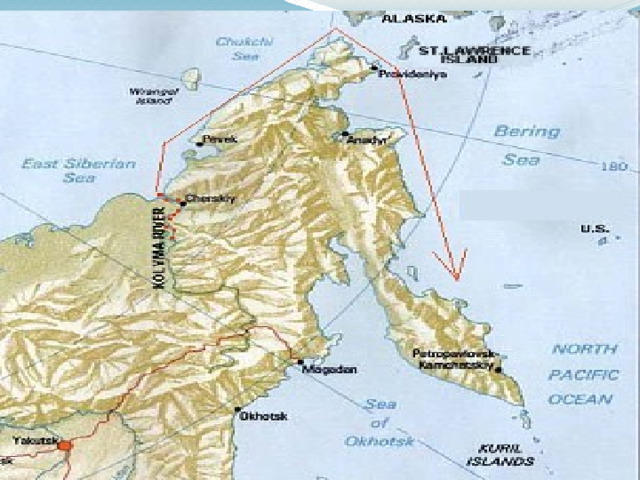The second Kamchatka Expedition
The Second Kamchatka Expedition of 1733—1743 led by Captain-Commodore Vitus Bering was one of the most grandiose enterprises in the history of world exploration: it encompassed the whole of Siberia from the Urals to the Pacific coast, the Arctic coast from the North Dvina to Chukotka, coastline areas of the Arctic Ocean and northern part of the Pacific Ocean. The expedition was launched on the initiative of V. Bering and under the auspices of the Russian government: soon after the First Kamchatka Expedition of 1725—1730, the explorer had submitted a proposal to the Admiralty, and an appropriate decree had been issued by Empress Anna on April 14, 1732. Numerous instructions given to the Expedition set the following tasks: a sea voyage to the shore of America; search for a sea route to the Kuril and Japanese Islands; exploration and cartographic survey of coastline regions of North and North-East Siberia; finding out whether there was a gulf between the Asian and American continents; and study of the nature, history and peoples inhabiting Siberia. Coping with these tasks was of both academic and political importance; therefore, information about the Expedition, its progress and results was secret. The detachments counted over 500 scientists, officers, sailors, soldiers, geodesists and other members.
Upon reaching Okhotsk in 1735, Bering had local craftsmen Makar Rogachev and Andrey Kozmin to build two vessels, the St. Peter and the St. Paul. Each ship had 14 cannons and was designed to carry 76 men. Bering's team spent three years building ships and the entire port city that sprang up because of it. That same year Ivan Yelagin was sent by Bering to the east coast of Kamchatka to build a base with houses and supply depots at the Avacha Bay, later named Petropavlovsk, in honor of the two ships.
From there he led an expedition towards America in 1741. On 4 June 1741 Bering sailed from Kamchatka aboard the St. Peter with Lieutenant Aleksey Chirikov commanding the St. Paul. First the two captains headed southeast in search of the mythical da Gama Land, which was a prominent feature on an earlier map. Unfortunately, by the time Bering had altered his direction to the northeast, they had sailed hundreds of miles south while missing the entire Aleutian chain.
Meanwhile, on 20 June the two vessels lost each other in heavy fog and were separated. On 15 July 1741 Chirikov sighted the western coast of Prince of Wales Island. Chirikov sent men ashore, but they were never seen again. On 26 July Chirikov wrote that he and his men spotted "some very high mountains, their summits covered in snow, their lower slopes, we thought, covered in trees. This we thought must be America." Chirikov made it to what is now Sitka harbor and was able to sight natives in that area. But unable to go ashore Chirikov decided to return to Russia, unaware of the fate of Bering and his ship, and reached Petropavlovsk in October.
After the separation Bering reached an island in the Alexander Archipelago, probably Prince of Wales Island, near Alaska's southeast coast. A naturalist and physician of German origin named Georg Wilhelm Steller, was recorded as the first European to step on Alaskan soil. As he later complained, it took him ten years to get to this new continent and he was only given ten hours to study it, as Bering was hurrying north while mapping the coastline. Anxious to get the ship back to safety, Bering was able to explore only the southwestern coast of Alaska Bay, the Alaskan Peninsula, and the Aleutian Islands. Catching sight of a volcanic peak, he named it Mount St. Elias, the name it still bears today. One of the sailors died and was buried on an island that was later named after him (Shumagin Island). With supplies running low, Bering decided on 10 August not to spend the winter in America, but to head back west.
Blown off course by fierce winter storms and with a crew so seriously afflicted by scurvy that only three men were able to work on deck, the St. Peter finally sailed within sight of land on 4 November 1741. With their sails and rigging already splitting apart from repeated storms, the exhausted crew so wanted this to be Kamchatka that many thought that they spotted the landmarks of the peninsula from which they had sailed over a year before. The ship was hurled up on the only stretch of beach along a coastline otherwise dominated by rocky cliffs.
Steller was sent ashore to gather plants that could be used to combat the scurvy. He soon deduced that the land they were anchored off was not Kamchatka as the local animals had no fear of man, indicating they must have never seen them before. Steller returned to the ship and quietly told his dying and bedridden captain what he suspected. This could not be Kamchatka and they must have blundered across an undiscovered island. Bering, not wishing to disappoint his men, took the news calmly and said simply, "It's too late to save our ship. God save the longboat!"
The crew spent the winter on the island, living in driftwood huts that were dug into the sand. Thirty men died from scurvy and starvation on the island. Among them was the expedition leader, who died on 19 December.
The only surviving carpenter on the ship, Savva Starodubtsev, with the help of the crew managed to build a smaller vessel out of the wreckage. The new vessel had a keel length of only 12.2 meters (40 feet) and was also named St. Peter. It remained in service for 12 years, sailing between Kamchatka and Okhotsk until 1755. Starodubtsev returned home with governmental awards and later built several other seaworthy ships.
On 14 August 1742, the surviving crew set sail from the shores of what would later be called Bering Island and headed to Kamchatka. On 26 August 1742 they landed in Petropavlovsk, more than two years after they had set out on their voyage of discovery. Out of the 77 men aboard the St. Peter, only 46 survived the hardships of the expedition, which claimed its last victim just one day before arriving at the home port. They spent the winter in Petropavlovsk and arrived in Okhotsk the next year, much to the surprise of the local residents, who had given up hope of seeing the expedition again, and had sold off the belongings of the expedition members.
Over 250 years ago, in November–December of 1741, dramatic events unfolded on a tiny
remote island in the storm-filled waters between Alaska and Siberia. Two Russian ships,
the St. Peter and the St. Paul, sailing as part of the great Russian polar expedition of 1724–1743,
were given the task of charting waters around the Alaska Peninsula and the Aleutian Islands.
Because the ships’ crews suffered from scurvy, the ship’s doctor and naturalist aboard the
St. Peter – a German by the name of Georg Wilhelm Steller – went ashore along the southern
Alaskan coastline to gather plants that could be used to combat the disease. But because
few crewmembers followed Steller’s instructions, the men were continually plagued by illness.
Sailing once again, the ships were battered by storms over a period of several months.
At last the St. Peter anchored on the east side of a small unpopulated island in the Commander
Islands. There, in November of 1741, the ship was hurled up on the only stretch of beach
along a coastline otherwise dominated by rocky cliffs. The crew dug crude holes in the ground
for shelter, and lived off of sea otters, seals, and stranded whales. Thirty-one of the ship’s 77
men–weakened by fatigue and plagued by scurvy–finally succumbed to disease and starvation.
Among them was the Danish expedition leader, Vitus Bering, who died on 19 December.
Today, that small island bears his name–Ostrov Beringa.
From "Vitus Bering. A renowned Danish polar explorer", Danish Arctic Institute
| Over 250 years ago, in November–December of 1741, dramatic events unfolded on a tiny
remote island in the storm-filled waters between Alaska and Siberia. Two Russian ships,
the St. Peter and the St. Paul, sailing as part of the great Russian polar expedition of 1724–1743,
were given the task of charting waters around the Alaska Peninsula and the Aleutian Islands.
Because the ships’ crews suffered from scurvy, the ship’s doctor and naturalist aboard the
St. Peter – a German by the name of Georg Wilhelm Steller – went ashore along the southern
Alaskan coastline to gather plants that could be used to combat the disease. But because
few crewmembers followed Steller’s instructions, the men were continually plagued by illness.
Sailing once again, the ships were battered by storms over a period of several months.
At last the St. Peter anchored on the east side of a small unpopulated island in the Commander
Islands. There, in November of 1741, the ship was hurled up on the only stretch of beach
along a coastline otherwise dominated by rocky cliffs. The crew dug crude holes in the ground
for shelter, and lived off of sea otters, seals, and stranded whales. Thirty-one of the ship’s 77
men–weakened by fatigue and plagued by scurvy–finally succumbed to disease and starvation.
Among them was the Danish expedition leader, Vitus Bering, who died on 19 December.
Today, that small island bears his name–Ostrov Beringa.
From "Vitus Bering. A renowned Danish polar explorer", Danish Arctic Institute |

 Получите свидетельство
Получите свидетельство Вход
Вход























 Экспедиции В. Беринга на Камчатку (5.33 MB)
Экспедиции В. Беринга на Камчатку (5.33 MB)
 0
0 36
36 0
0 Нравится
0
Нравится
0


